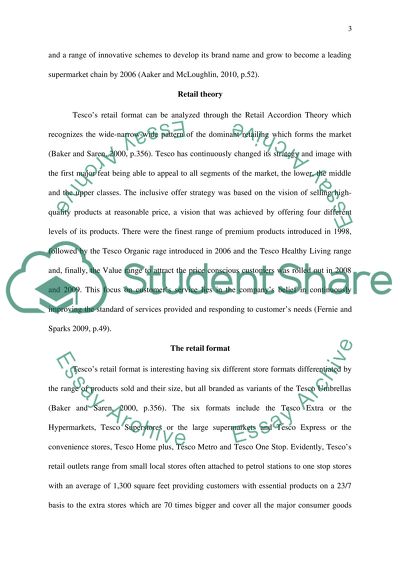Cite this document
(“Marketing Essay Example | Topics and Well Written Essays - 2500 words”, n.d.)
Marketing Essay Example | Topics and Well Written Essays - 2500 words. Retrieved from https://studentshare.org/marketing/1400016-marketing
Marketing Essay Example | Topics and Well Written Essays - 2500 words. Retrieved from https://studentshare.org/marketing/1400016-marketing
(Marketing Essay Example | Topics and Well Written Essays - 2500 Words)
Marketing Essay Example | Topics and Well Written Essays - 2500 Words. https://studentshare.org/marketing/1400016-marketing.
Marketing Essay Example | Topics and Well Written Essays - 2500 Words. https://studentshare.org/marketing/1400016-marketing.
“Marketing Essay Example | Topics and Well Written Essays - 2500 Words”, n.d. https://studentshare.org/marketing/1400016-marketing.


